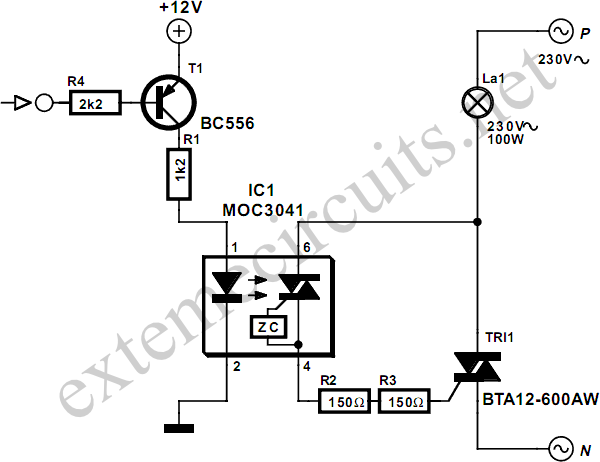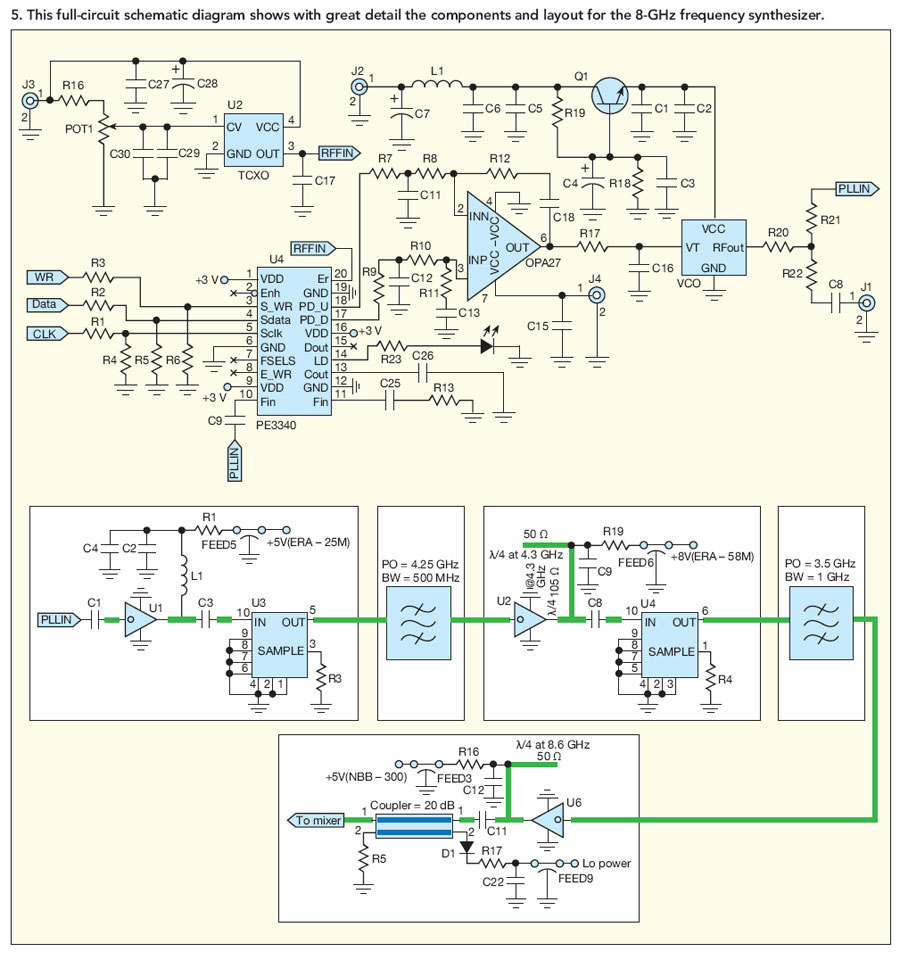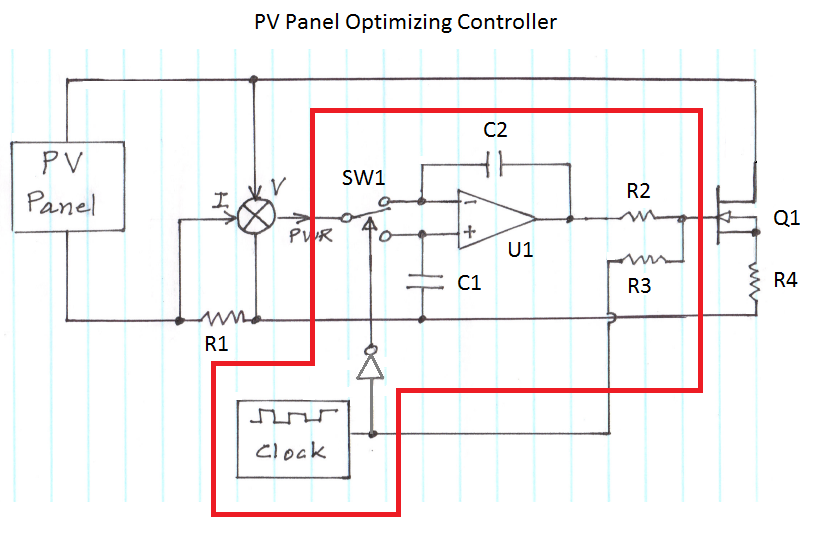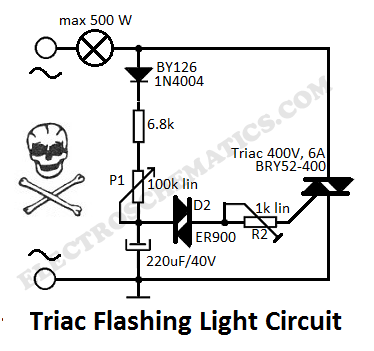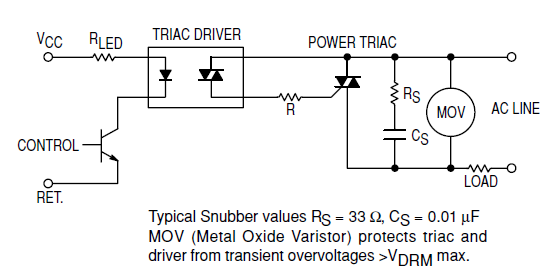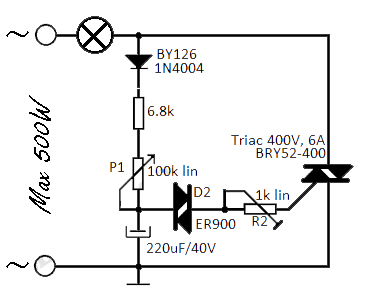
Optimizing the Triacs
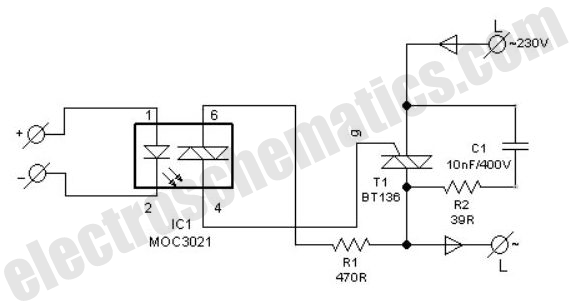
Modern power control systems utilize electronic devices such as Thyristors for power switching, phase control, and chopper applications. These devices also find applications in various other areas.
Thyristors are semiconductor devices that act as switches, allowing control over high-voltage and high-current applications. They are particularly effective in power control systems due to their ability to handle large amounts of power and their efficiency in switching operations. Thyristors can be triggered into conduction by applying a small gate current, enabling them to control power flow in AC and DC circuits.
In power switching applications, Thyristors are frequently used in rectifiers and inverters, converting AC to DC and vice versa. Their phase control capabilities allow for the adjustment of the power delivered to loads, making them ideal for applications such as light dimmers, motor speed controllers, and heating systems. In chopper circuits, Thyristors can effectively manage the voltage and current supplied to inductive loads, improving efficiency and reducing energy consumption.
The integration of Thyristors in modern power control systems enhances performance and reliability, making them a critical component in industrial automation, renewable energy systems, and electric traction systems. Their ability to operate at high frequencies and withstand extreme conditions further solidifies their role in advanced electronic applications. Overall, Thyristors are essential for the effective and efficient management of electrical power in a wide range of applications.Modern power control systems utilize electronic devices like Thyristors for power switching, phase control, chopper etc. These devices also find applicatio.. 🔗 External reference
Thyristors are semiconductor devices that act as switches, allowing control over high-voltage and high-current applications. They are particularly effective in power control systems due to their ability to handle large amounts of power and their efficiency in switching operations. Thyristors can be triggered into conduction by applying a small gate current, enabling them to control power flow in AC and DC circuits.
In power switching applications, Thyristors are frequently used in rectifiers and inverters, converting AC to DC and vice versa. Their phase control capabilities allow for the adjustment of the power delivered to loads, making them ideal for applications such as light dimmers, motor speed controllers, and heating systems. In chopper circuits, Thyristors can effectively manage the voltage and current supplied to inductive loads, improving efficiency and reducing energy consumption.
The integration of Thyristors in modern power control systems enhances performance and reliability, making them a critical component in industrial automation, renewable energy systems, and electric traction systems. Their ability to operate at high frequencies and withstand extreme conditions further solidifies their role in advanced electronic applications. Overall, Thyristors are essential for the effective and efficient management of electrical power in a wide range of applications.Modern power control systems utilize electronic devices like Thyristors for power switching, phase control, chopper etc. These devices also find applicatio.. 🔗 External reference
Warning: include(partials/cookie-banner.php): Failed to open stream: Permission denied in /var/www/html/nextgr/view-circuit.php on line 713
Warning: include(): Failed opening 'partials/cookie-banner.php' for inclusion (include_path='.:/usr/share/php') in /var/www/html/nextgr/view-circuit.php on line 713
